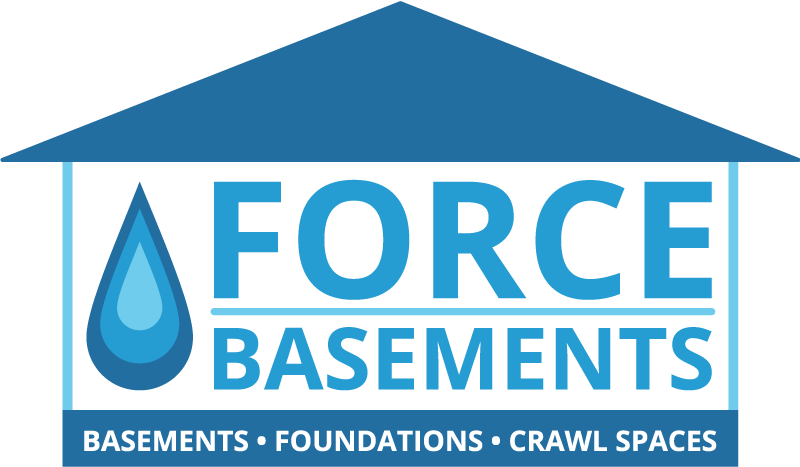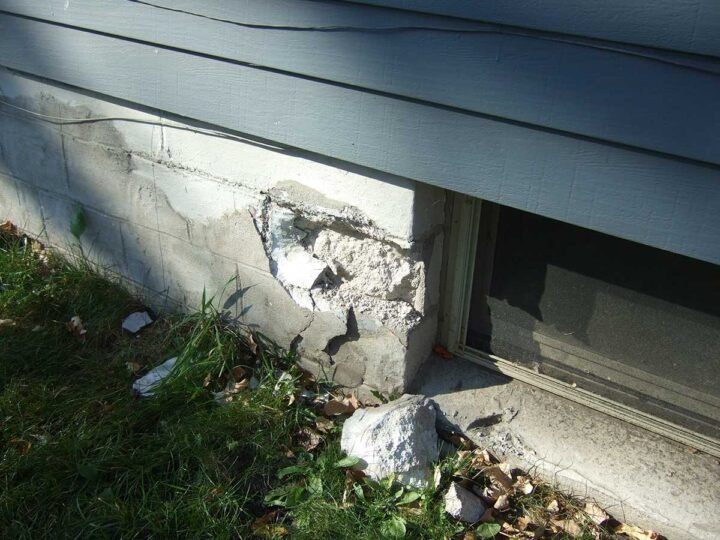When it comes to basement safety, natural light, and ventilation, egress windows play a crucial role. Whether you’re finishing your basement or upgrading existing windows, understanding the different basement window types for egress is essential. This guide will walk you through the most common egress window styles, their benefits, and which option is best suited for your home.
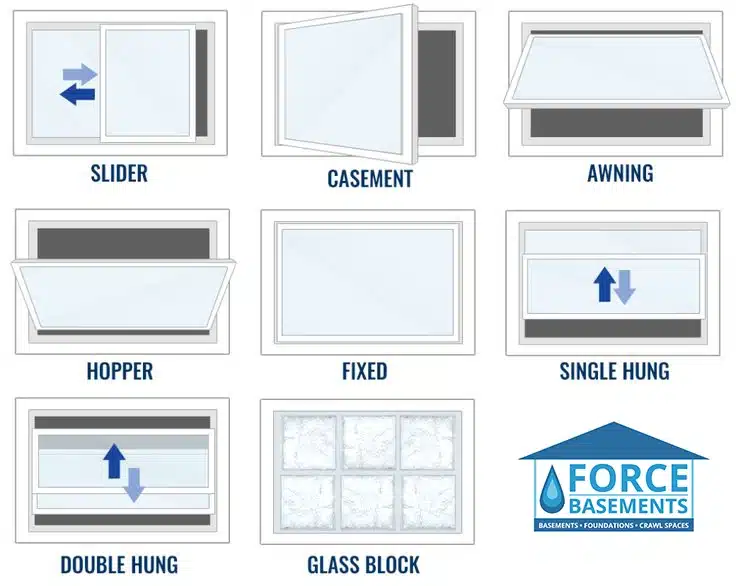
What Are Egress Windows?
Egress windows are designed to provide an emergency exit in case of fire or other emergencies. They are required by building codes in habitable basement spaces, such as bedrooms and living areas. In addition to safety, egress windows also bring in natural light and improve air circulation, making your basement a more comfortable living space.
Common Egress Basement Window Types
Casement Egress Windows
Casement windows are hinged on one side and open outward like a door. They provide a large, unobstructed opening, making them a popular choice for egress windows.
✅ Pros:
- Offers the largest opening relative to window size, making it ideal for smaller window wells.
- Provides excellent ventilation when opened.
- Seals tightly when closed, improving energy efficiency.
❌ Cons:
- Requires enough exterior clearance to fully open.
- The crank mechanism can wear out over time.
Best for: Homes with limited wall space or small window wells where a larger opening is needed.
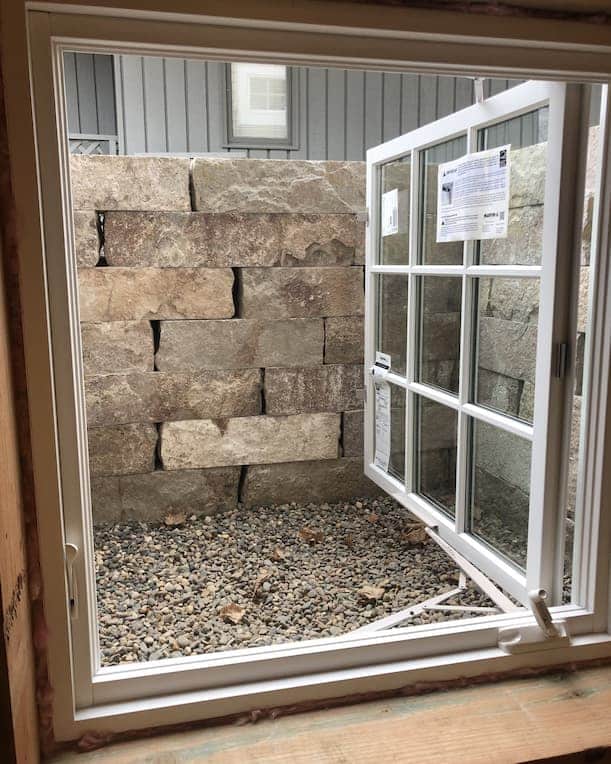
Sliding Egress Windows (Horizontal Slider Windows)
Sliding egress windows operate by sliding open horizontally, similar to a patio door. One pane remains stationary while the other slides open to create an escape route.
✅ Pros:
- Simple to use and requires minimal maintenance.
- Ideal for wider basement window openings.
- Allows plenty of natural light.
❌ Cons:
- Requires a larger overall window size to meet egress requirements.
- May not provide as much ventilation as casement windows.
Best for: Basements with wide window wells or where a larger opening is available.

Single-Hung Egress Windows
Single-hung windows consist of a fixed upper sash and a lower sash that slides up to open. They are a common choice for traditional homes.
✅ Pros:
- Cost-effective and widely available.
- Offers a classic look that blends with most home styles.
- Provides some ventilation when opened.
❌ Cons:
- The opening may be too small to meet egress requirements unless installed in a large frame.
- Not as easy to open in an emergency compared to casement or slider windows.
Best for: Homeowners looking for a budget-friendly option in a basement with a taller window opening.
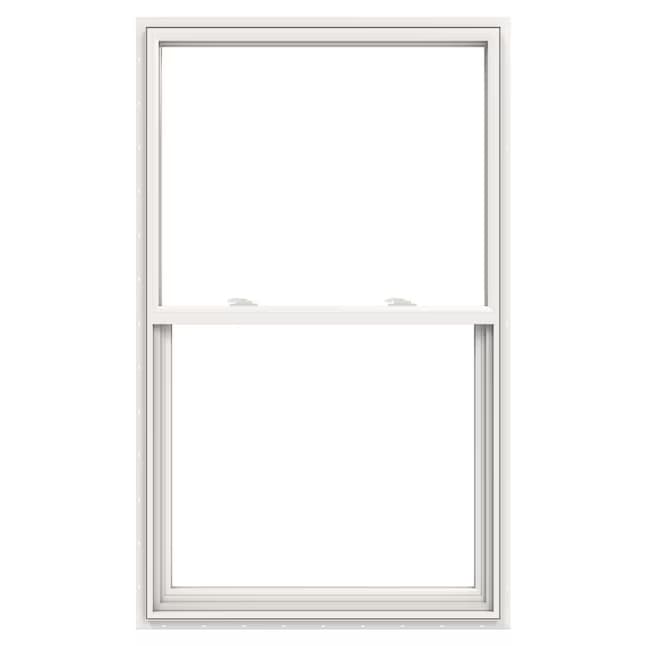
Double-Hung Egress Windows
Double-hung windows feature two operable sashes, meaning both the upper and lower sections can move. While they are a popular window style for homes, they may not always meet egress requirements unless designed in a larger frame.
✅ Pros:
- Provides good ventilation with both sashes opening.
- Traditional and aesthetically pleasing.
- Easy to clean since both sashes tilt inward.
❌ Cons:
- Often does not provide a large enough opening to meet egress code requirements.
- Can be more difficult to exit through in an emergency.
Best for: Homeowners who prefer a traditional look but must ensure the window is large enough to meet egress standards.
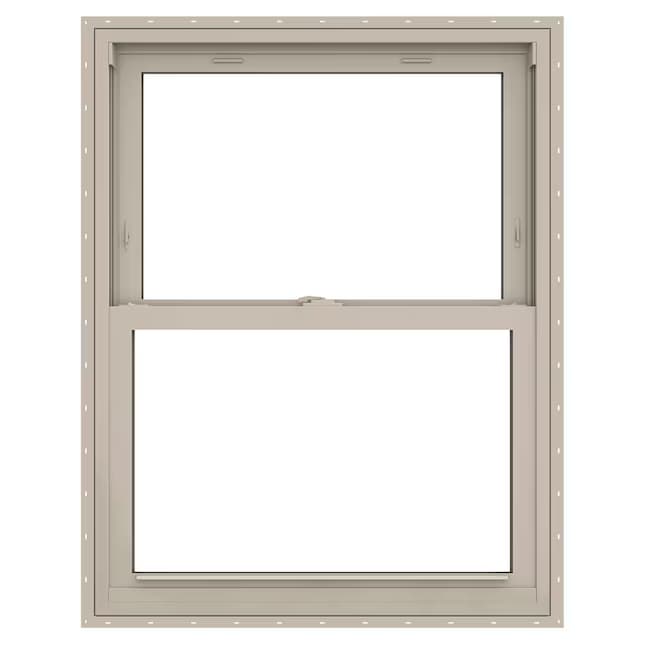
In-Swing and Out-Swing Egress Windows
These specially designed egress windows function by swinging inward or outward to provide a clear exit path. They are particularly useful in basements with limited space for other window styles.
✅ Pros:
- Provides a large and easy-to-access escape route.
- Suitable for smaller window wells since they do not require as much clearance as casement windows.
- Can be designed to fit various basement layouts.
❌ Cons:
- May require more space inside the basement for an in-swing window.
- Out-swing windows can be obstructed by snow, debris, or exterior obstacles.
Best for: Basements with space constraints where traditional egress windows may not fit properly.
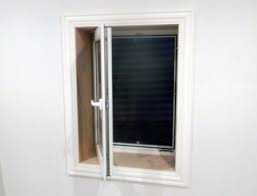
How to Choose the Right Egress Window for Your Basement
When selecting an egress window, consider the following:
- Building Code Compliance – Ensure the window meets size requirements for an emergency exit.
- Available Wall Space – Choose a style that fits within your basement’s structural layout.
- Window Well Size – Casement windows require more clearance, while sliding windows need a wider well.
- Ventilation Needs – If fresh air is a priority, consider casement or awning windows.
- Aesthetic Preference – Select a style that complements your home’s design.
Get Professional Egress Window Installation
Installing an egress window requires careful planning to meet building codes and ensure proper drainage. At Force Basements, we specialize in installing all basement window types, including egress windows, to improve your basement’s safety, functionality, and value.
Contact us today for a consultation and ensure your basement is safe, bright, and code-compliant!
